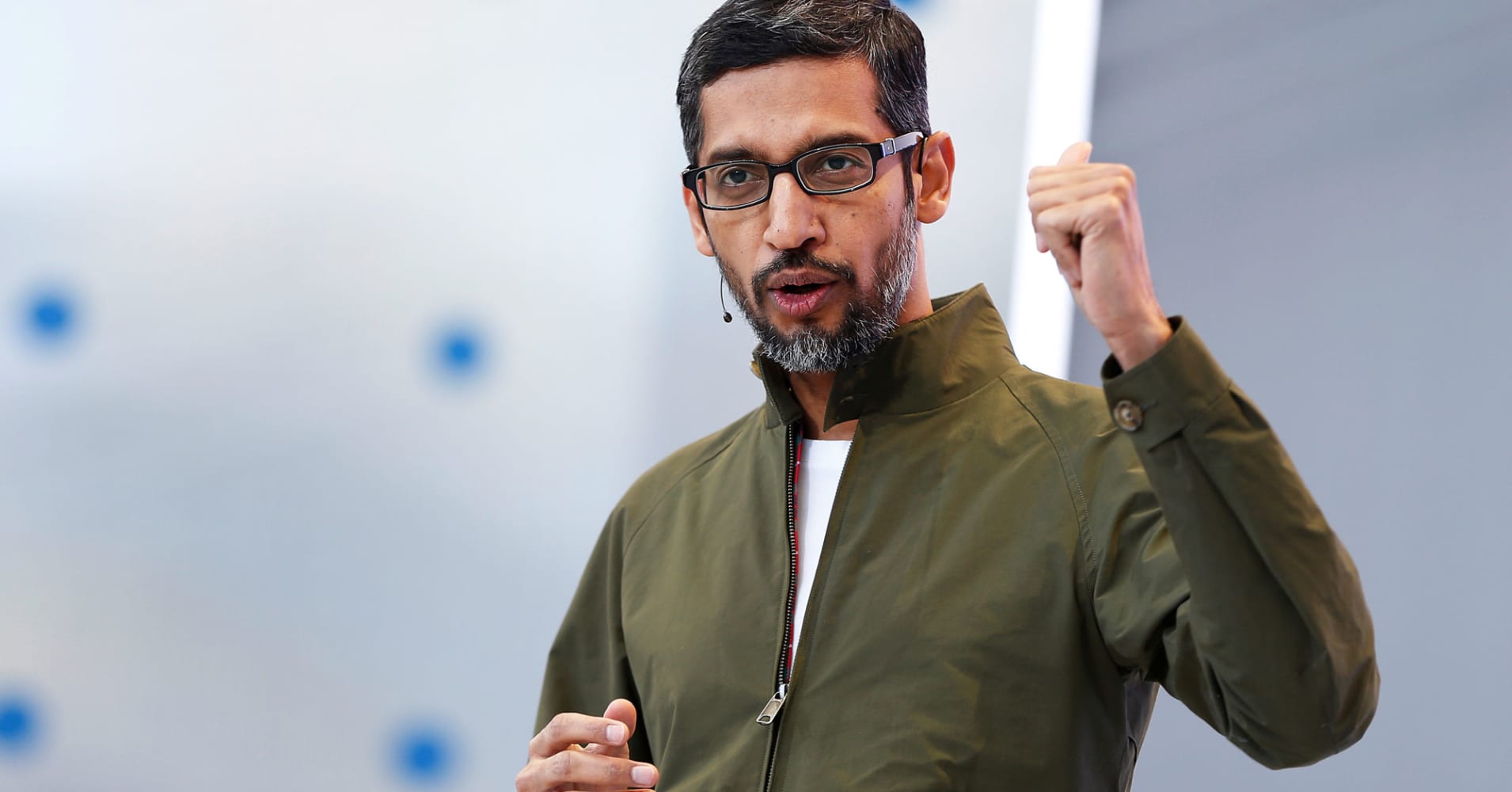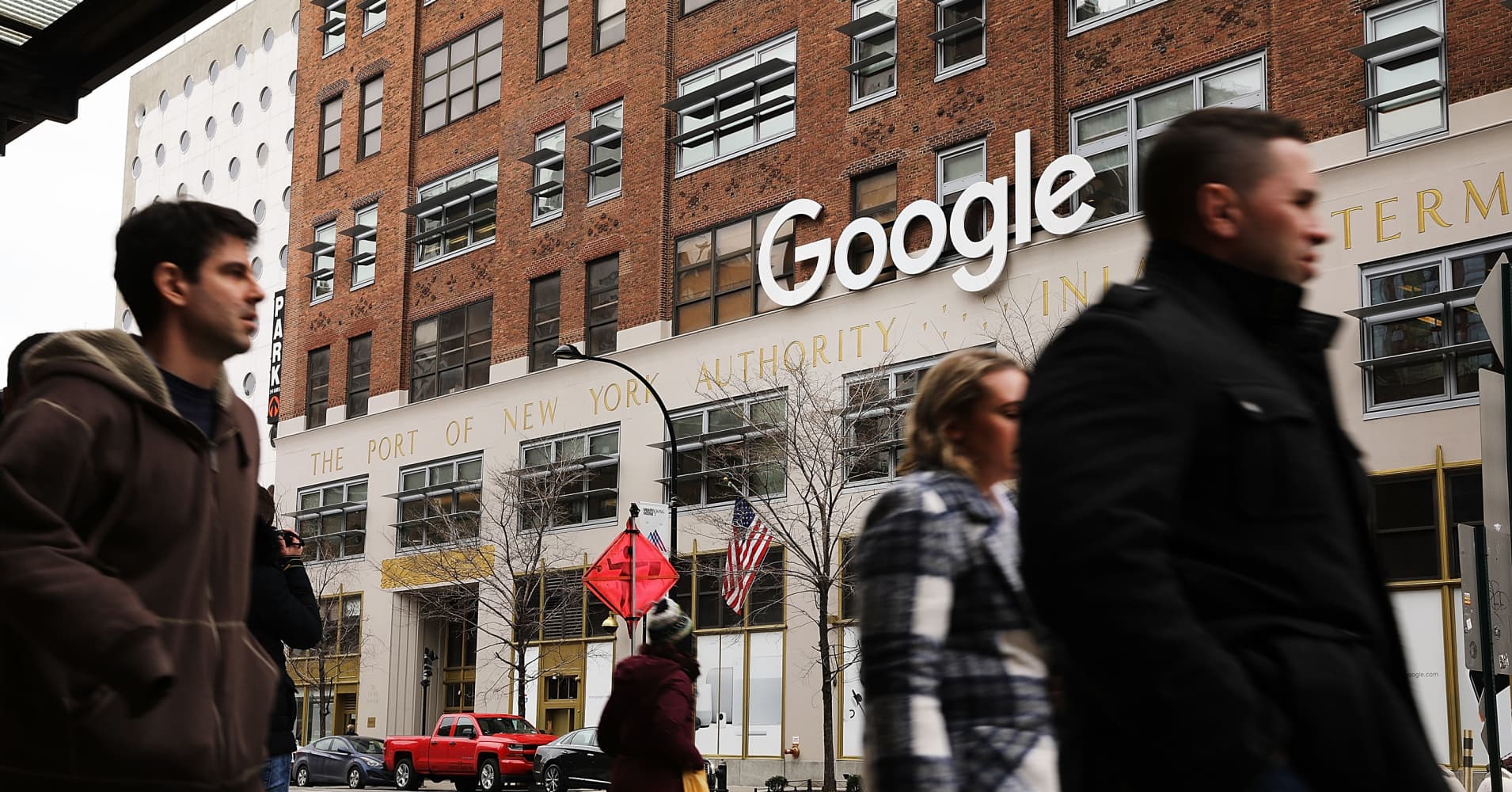
Bots, including thousands originating in Russia and Iran, as well as those created in the United States, were a much more active presence on Twitter during the November midterm elections last year than was previously known.
More than 15,000 Twitter accounts identified as robots used the #ivoted hashtag on Election Day, according to a new study, which came from the University of Southern California’s Information Sciences Institute and a Swiss researcher. In virtually every U.S. state, more than a fifth of those posting about the elections on Twitter in the weeks before Election Day were robots.
In contrast, Twitter released findings last week that focused mainly on foreign efforts. Days before the midterms, Twitter made a splash when it confirmed it had removed 10,000 bots pretending to be Democrats.
Between Oct. 6 and Nov. 19, nearly two weeks after Election Day, the researchers behind Monday’s report identified more than 200,000 bots posting about the midterm elections, compared to about 750,000 humans.
The new figures are included in a report published by researchers who collected and analyzed millions of Twitter posts, and in a subsequent study to be released in the coming days.
The research provides more detail about interference operations that Twitter said on Thursday were found to originate within Iran, Venezuela and Russia.
Thousands of those bots could be traced to Russia and several hundred could be traced to Iran, according to Emilio Ferrara, one of the study’s four authors and the principal investigator in the Machine Intelligence and Data Science group at USC’s Information Sciences Institute.
Still, much of the bot activity appeared to originate in the United States or had no clear provenance, he said. External researchers do not have as much information as Twitter and law enforcement about where accounts originate.
In a statement for this story, Twitter spokesman Ian Plunkett called the company’s report the “the single source of truth from our side on the election.” The Department of Justice declined to comment, and the Department of Homeland Security did not respond to a request for comment.
In August, Twitter, Facebook and Alphabet, Google’s parent company, removed hundreds of accounts tied to Iran ahead of the midterm races. Two reports prepared for the U.S. Senate and released in December found that Russia used every major social media platform to interfere in the 2016 presidential election.
Disinformation will be in the spotlight in the coming months as Twitter and other platforms seek to avoid a repeat of 2016, in which the Russian government amplified American cultural divides using deceptive social media practices. The companies are working to prevent fake actors from using their services while protecting the ability of their human users to express political viewpoints.
To identify which accounts were bots, the researchers used a sophisticated tool developed at the University of Indiana.
The “Botometer” uses machine learning techniques to determine whether an account is operated by a human or by a software algorithm. Ferrara said the tool correctly designated an account about 95 percent of the time.
The same tool was used by the Democratic Congressional Campaign Committee to identify 10,000 bots that Twitter ultimately removed from its platform in the weeks before voters went to the polls last year.
Ferrara, who helped develop the tool, said that the 10,000 accounts removed by Twitter in the runup to Election Day served as a motivational factor for the research project.
“We thought there might be more,” he said. “It turns out that these 10,000 bots that were posting, they might not have been the entire picture. They might have been a fraction.”
In total, the researchers located 209,106 tweets that included the #ivoted hashtag on Election Day. The authors of those tweets included 15,856 bots and 62,306 humans, according to the study.
Still, Ferrara said that the number of bots active in the 2018 elections appeared to represent a dramatic reduction compared to 2016, possibly as a result of Twitter’s efforts to remove bots from its platform. He said that there was just a tenth of the number of bots in the midterms compared to in the presidential cycle.
In its report, Twitter said it had removed the “vast majority” of accounts that appeared to be tied to the Russian government prior to the midterm elections. It said it identified and suspended about 3,000 bot accounts tied to Iran and removed about 750 bot accounts located in Venezuela.
Ferrara warned that it was impossible to tell whether the reduction in bot activity since 2016 was the result of increased monitoring efforts or if the bots were becoming more sophisticated and avoiding detection. Efforts to combine human input with automated posting can muddy the waters and make it harder for machine learning tools to detect the signals they are trained to locate, he said.
The bots posted prolifically in support of both Democratic and Republican candidates and issues. In particular, the bots focused on voter suppression and voter fraud. They sought to generate chaos more than advance any particular political agenda, Ferrara said.
But human users reacted differently to the Democratic and Republican bots, according to Ferrara.
“We have the more liberal bots that are more inflammatory, they create more of this chaos and confusion if you like, and on the other hand, however, the conservative bots are more influential,” he said.
Twitter has said that researchers sometimes fail to take into account the work it does to remove spam-like content from the surface layers of its platform, such as which accounts appear in search.
But Ferrara noted that the bot accounts gained traction among human users, and that conservative bots were more effective. They gained larger followings, earned more retweets and overall had a stronger effect.
“Conservative bots have a much more prominent position in these information sharing networks,” Ferrara said. “They project a stronger influence on the human users.”
Law enforcement groups warned ahead of the midterm elections that foreign actors were attempting to interfere in the Democratic process. In a joint statement, the DHS, DOJ, the Office of the Director of National Intelligence and the FBI instructed Americans to be vigilant.
“Americans should be aware that foreign actors — and Russia in particular — continue to try to influence public sentiment and voter perceptions through actions intended to sow discord,” the agencies wrote. “They can do this by spreading false information about political processes and candidates, lying about their own interference activities, disseminating propaganda on social media, and through other tactics.”









